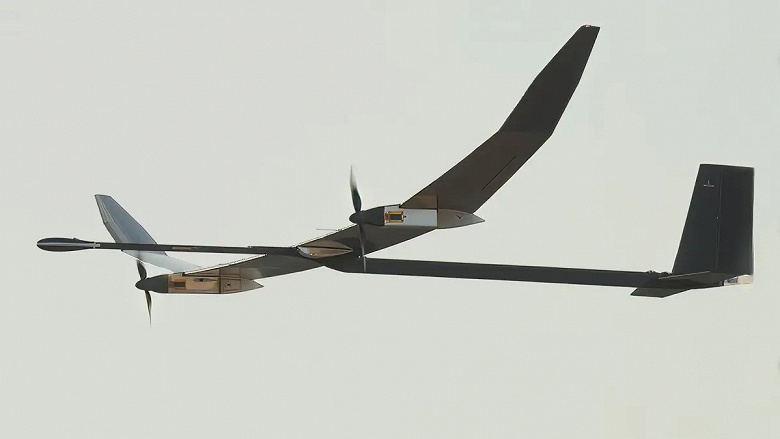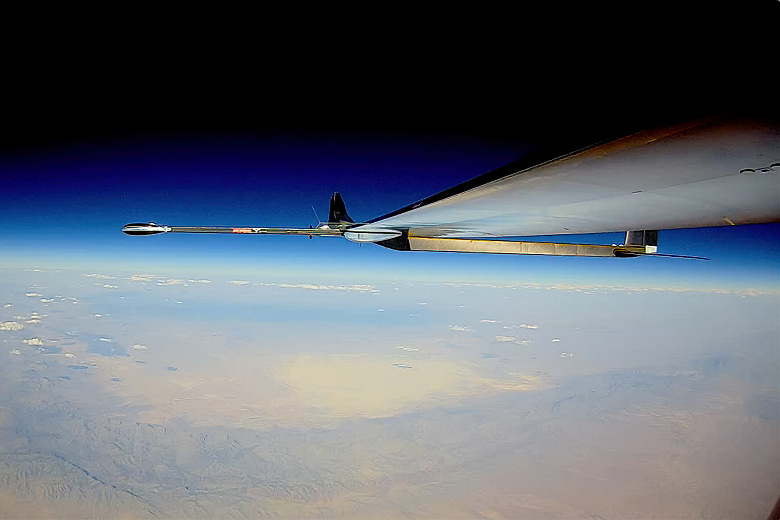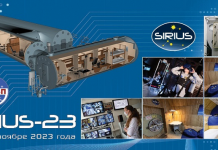He climbed to a height of 20 km and spent a day there
The British company BAE Systems has completed tests of the PHASA-35 stratospheric drone, which can stay in the sky for a whole year.

The company itself calls its brainchild an ultra-light high-altitude pseudo-satellite (High Altitude Pseudo Satellite; HAPS) powered by solar energy. During the tests, PHASA-35 climbed to a height of just over 20 km and spent 24 hours there. The developers evaluated the performance of the experimental system in a number of ways.
British stratospheric pseudo-satellite PHASA-35
Apparently, the tests were successful. The company did not provide any special details regarding the test flight.

The PHASA-35 is designed to provide a permanent, stable platform for monitoring, surveillance, communications and security applications, according to the company’s website. When combined with other technologies, it will provide both military and commercial customers with capabilities not currently available on existing air and space platforms. The drone can also be used to provide cellular coverage, as well as other services such as disaster relief and border protection, at a fraction of the cost of satellites. That is, the company positions its product, among other things, as an alternative to full-fledged satellites in a number of scenarios. Moreover, both in the military and in the commercial sphere.
PHASA-35 weighs only 150 kg and has a wingspan of 35 meters.



